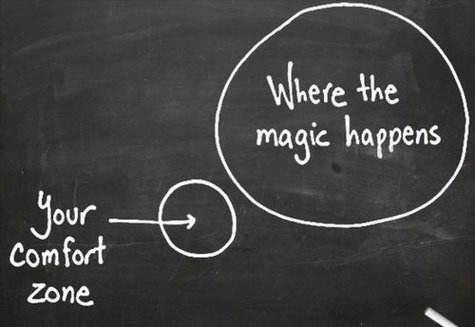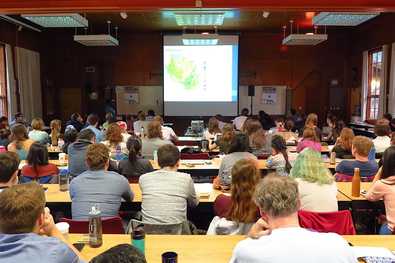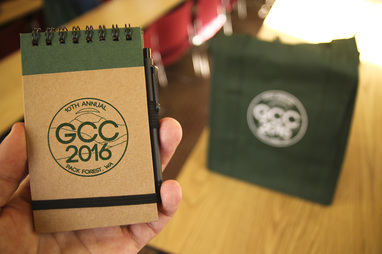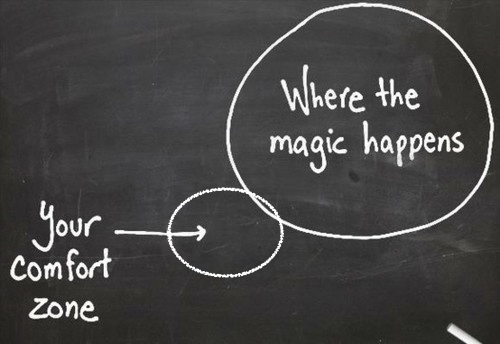 (c) Flickr | Oklanica (c) Flickr | Oklanica There is this sketch of a Venn diagram with two non-overlapping circles, one being a person’s comfort zone, and the other one showing “where the magic happens”. A few months ago, my advisor sent me to a conference in Salt Lake City that felt exactly like this Venn diagram. While many of my early career co-workers were at a science communication workshop at Texas Tech University in Lubbock, Texas, I was en route to a joint conference on agricultural and forest meteorology, boundary layer climates, and biogeosciences. The areas might not reflect it as much, but I was way out of my comfort zone.  10th Graduate Climate Conference 2016 10th Graduate Climate Conference 2016 And that was not the first time it happened. In October of 2013, I was at the 7th Graduate Climate Conference in Woods Hole, Massachusetts, a fun and relaxed student conference and one of the first conferences I ever talked about my own research idea. The only problem was, that entire sessions were dedicated to super-specific issues, like atmospheric dynamics, ocean biology, or aerosols. The three-day conference had one session on humans, climate, and policy, and a handful of posters about applied research (including my own). That was all. What was I doing at this meteorology nerdfest? (Admittedly, New England in the fall is off the charts beautiful, so at least from a photographic standpoint it was totally worth it!)  What I didn’t understand in 2013 I learned this summer. After five days of talks about field campaigns, flux experiments, and instrument calibration, I understood that this work is not just essential in understanding how our atmosphere works or how plants react to global warming. This research can be the foundation of seasonal climate forecasts that researchers like me use to make decision tools for farmers. As an applied, interdisciplinary researcher, I should be outside my comfort zone. My job is not only to understand what users want and how decision tools that researchers like me try to create are used (or not used). I also need to understand the work of modelers, statisticians, agronomists, or anthropologists, to apply their methods, to better judge which climate models or statistical techniques work best for me, to appreciate their work, or simply to speak their language and understand their way of thinking. Afterall, I might be using their work for my research, or even more so be there future collaborator.  This weekend, I am again at the 10th Graduate Climate Conference, this time in Washington state, presenting (again for one of the first times) results from my research. But between log cabins and cedar trees, this feels like a lesson-learned check. I’m still struggling to make sense of concepts, acronyms, and jargon, but not as much as I used to. My comfort zone became a little bigger. And as I’m listening I realize that these brilliant, creative, engaging, fascinating minds not only shape tomorrow’s climate research. They might also be the people I’ll be working with sooner or later. Check out: www.graduateclimateconference.com Comments are closed.
|
 RSS Feed
RSS Feed
